1. Understanding the Foundations of Art Education
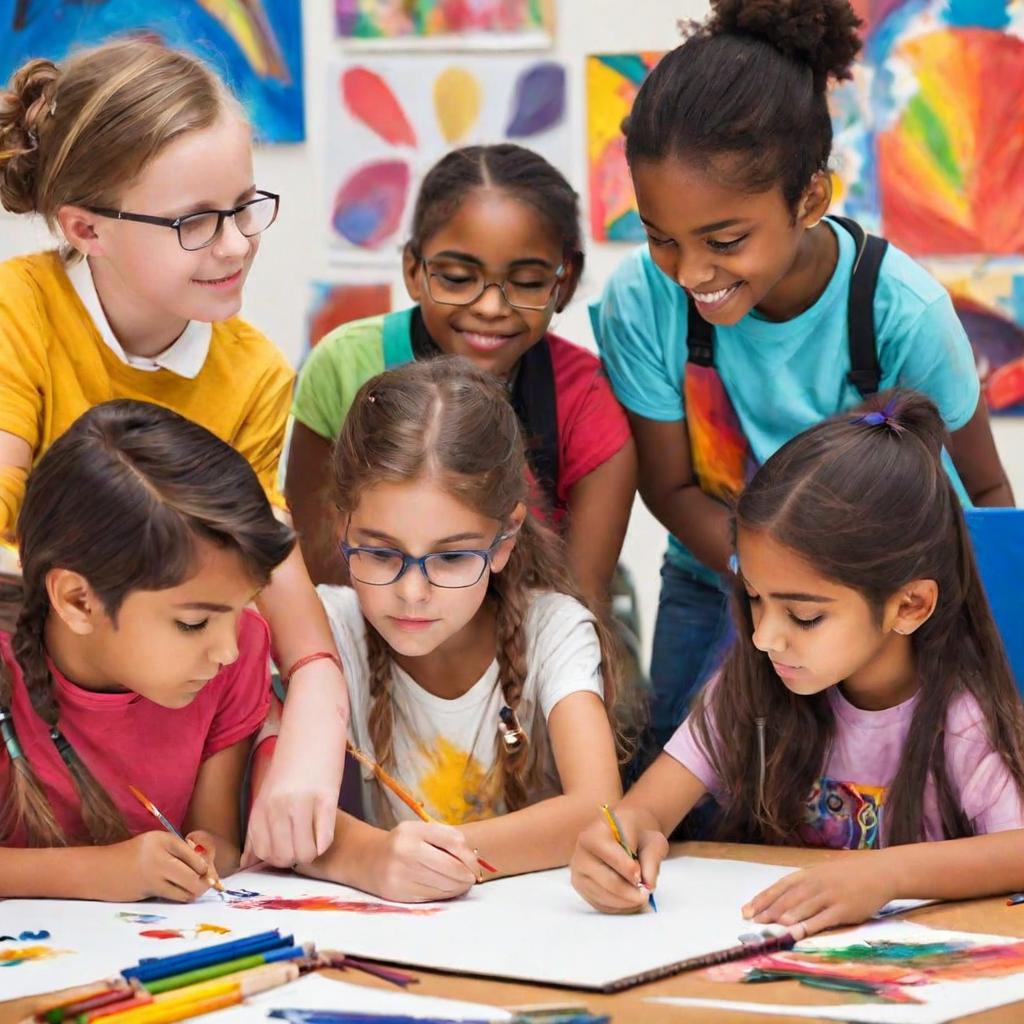
Exploring The Depths of Mastering Art Education
Exploring The Depths of Mastering Art Education , Art education holds a significant place in the realm of education, offering numerous benefits to students beyond just the act of creating. Through engagement with art, students develop critical thinking skills, creativity, and emotional intelligence. In a world that increasingly values innovation and creativity, art plays a crucial role in shaping well-rounded individuals equipped to thrive in various fields. Exploring The Depths of Mastering Art Education, Furthermore, art provides a platform for self-expression, allowing students to explore their thoughts, emotions, and perspectives in a safe and supportive environment.
Enhances critical thinking skills
Fosters creativity and innovation
Promotes emotional intelligence
The Evolution of Art Education Curriculum
Over the years, art education curriculum has evolved to encompass a variety of artistic disciplines, catering to the diverse interests and talents of students. From traditional forms of art like painting and sculpture to digital art and multimedia projects, the curriculum has expanded to reflect the changing landscape of artistic expression. By incorporating a broad range of art forms, students have the opportunity to explore different mediums and techniques, expanding their skill set and creative capabilities.
Exploration of different artistic mediums
Embracing diversity in artistic expression
The Role of Art Teachers in Shaping Young Minds
Art teachers play a crucial role in nurturing the artistic talents and creative potential of students, guiding them through the process of artistic discovery and expression. Beyond teaching technical skills, art teachers serve as mentors, encouragers, and facilitators of self-expression. By creating a supportive and inspiring environment, art teachers help students develop confidence in their abilities and cultivate a lifelong appreciation for art.
Mentors and guides in artistic exploration
Encouraging self-expression and creativity
Cultivating a passion for art in students
In conclusion, art education serves as a cornerstone in developing well-rounded individuals equipped with the skills and mindset to thrive in today’s fast-paced and ever-changing world. By understanding the foundations of art education, we can appreciate the importance of art in education, the evolution of art education curriculum, and the invaluable role of art teachers in shaping young minds. Let’s continue to support and advocate for the arts in education, ensuring that future generations have the opportunity to explore their creativity and unleash their artistic potential.
II. Developing Essential Skills in Art Education
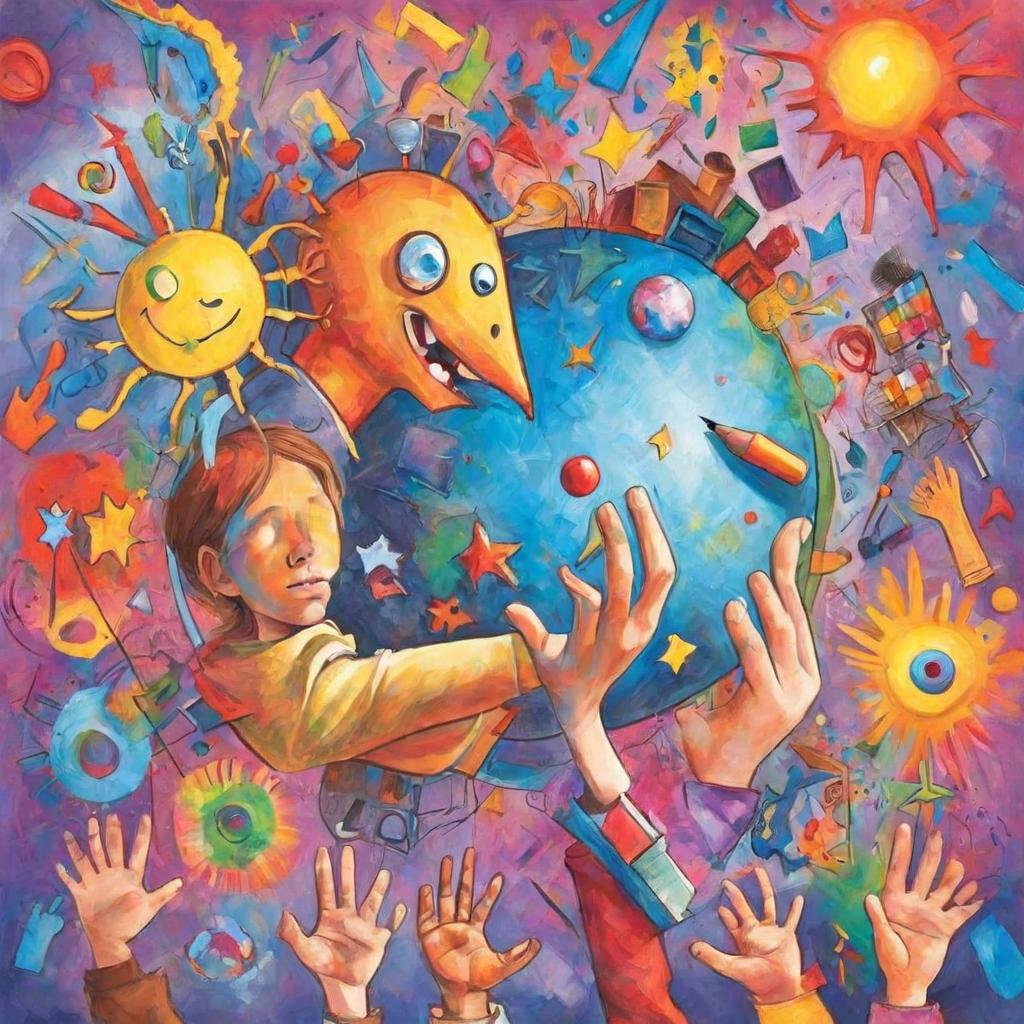
A. Enhancing Creativity and Innovation
Creativity and innovation are crucial skills that can be enhanced through art education. By engaging in artistic activities, students are encouraged to think outside the box, explore different perspectives, and experiment with various mediums. Exploring The Depths of Mastering Art Education. This process of creative thinking not only nurtures imagination but also helps individuals develop problem-solving skills that are essential in all aspects of life.
Art allows students to express themselves freely and explore their unique ideas.
Through art projects, students learn to adapt to new challenges and find innovative solutions.
Encouraging creativity in the classroom can lead to breakthrough ideas and unconventional approaches to various problems.
B. Fostering Critical Thinking and Problem-Solving
Art education provides a platform for students to critically analyze artworks, interpret meanings, and make connections between different concepts. This process of critical thinking helps individuals develop analytical skills, sharpen their observation abilities, and enhance their problem-solving capabilities.
Studying art history helps students understand the cultural, social, and historical context of artworks.
Creating art pieces challenges students to plan, execute, and refine their work, fostering a problem-solving mindset.
Discussing and critiquing artworks in a group setting encourages students to think critically and articulate their opinions effectively.
C. Building Communication and Collaboration Skills through Art
Art projects often require students to work together, share ideas, and collaborate to create a cohesive piece of work. This collaborative process not only enhances communication skills but also teaches students how to work effectively in a team, respect diverse perspectives, and resolve conflicts peacefully.
Group art projects promote teamwork, communication, and the exchange of ideas among students.
Collaborating with others on art assignments encourages students to listen actively, provide feedback constructively, and compromise when necessary.
Through art-making, students learn how to communicate their thoughts, emotions, and experiences visually, fostering empathy and understanding among peers.
In conclusion, art education plays a vital role in developing essential skills such as creativity, critical thinking, problem-solving, communication, and collaboration. By incorporating art into the curriculum, educators can empower students to think creatively, analyze critically, communicate effectively, and collaborate productively. Let’s continue to support and promote art education for the holistic development of individuals in today’s fast-paced and dynamic world.
III. Exploring Mediums and Techniques in Art Education
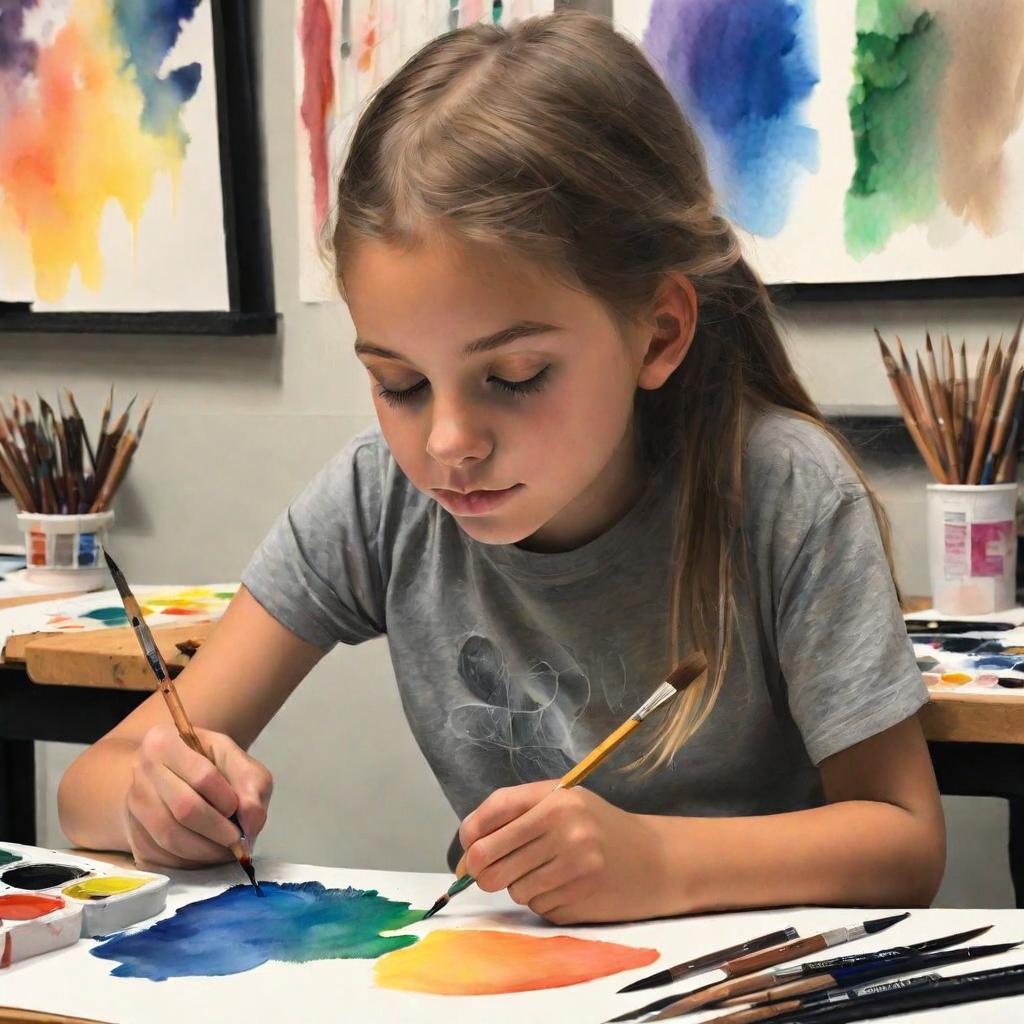
A. Painting and Drawing Techniques
Painting and drawing are foundational skills in art education, allowing students to express themselves creatively.
Techniques such as shading, blending, perspective, and color theory are essential for creating realistic and aesthetically pleasing artworks.
Encouraging students to experiment with different mediums like watercolors, acrylics, pastels, and charcoal can help them discover their unique artistic style.
One effective approach is to introduce famous artists and their techniques, inspiring students to explore new possibilities in their own work.
B. Sculpture and Mixed Media Art
Sculpture and mixed media art offer students the opportunity to work in three-dimensional space, utilizing a variety of materials.
Techniques like molding, carving, assembling, and collaging allow students to create tactile and interactive artworks.
Exploring the concept of mixed media art, which combines different materials and textures, can result in innovative and visually compelling pieces.
Providing hands-on experience with tools and materials is crucial for students to develop their skills and confidence in sculptural and mixed media projects.
C. Digital Art and Photography in the Classroom
Digital art and photography have become increasingly relevant in art education, reflecting technological advancements in the modern world.
Tools like graphic design software, digital cameras, and editing programs enable students to explore a new realm of creativity and expression.
Integrating digital art and photography into the curriculum can enhance students’ visual literacy and technical skills.
Collaborative projects using digital tools can foster teamwork and innovation among students, preparing them for careers in the digital arts industry.
In conclusion, exploring various mediums and techniques in art education is essential for nurturing students’ creativity, skills, and awareness of artistic possibilities. By incorporating painting and drawing techniques, sculpture and mixed media art, as well as digital art and photography into the classroom, educators can inspire and empower students to become versatile and expressive artists. Embracing a diverse range of artistic practices can enrich the learning experience and help students develop a deeper appreciation for the art world around them. Let’s continue to support and encourage the next generation of artists!
IV. Integrating Technology into Art Education
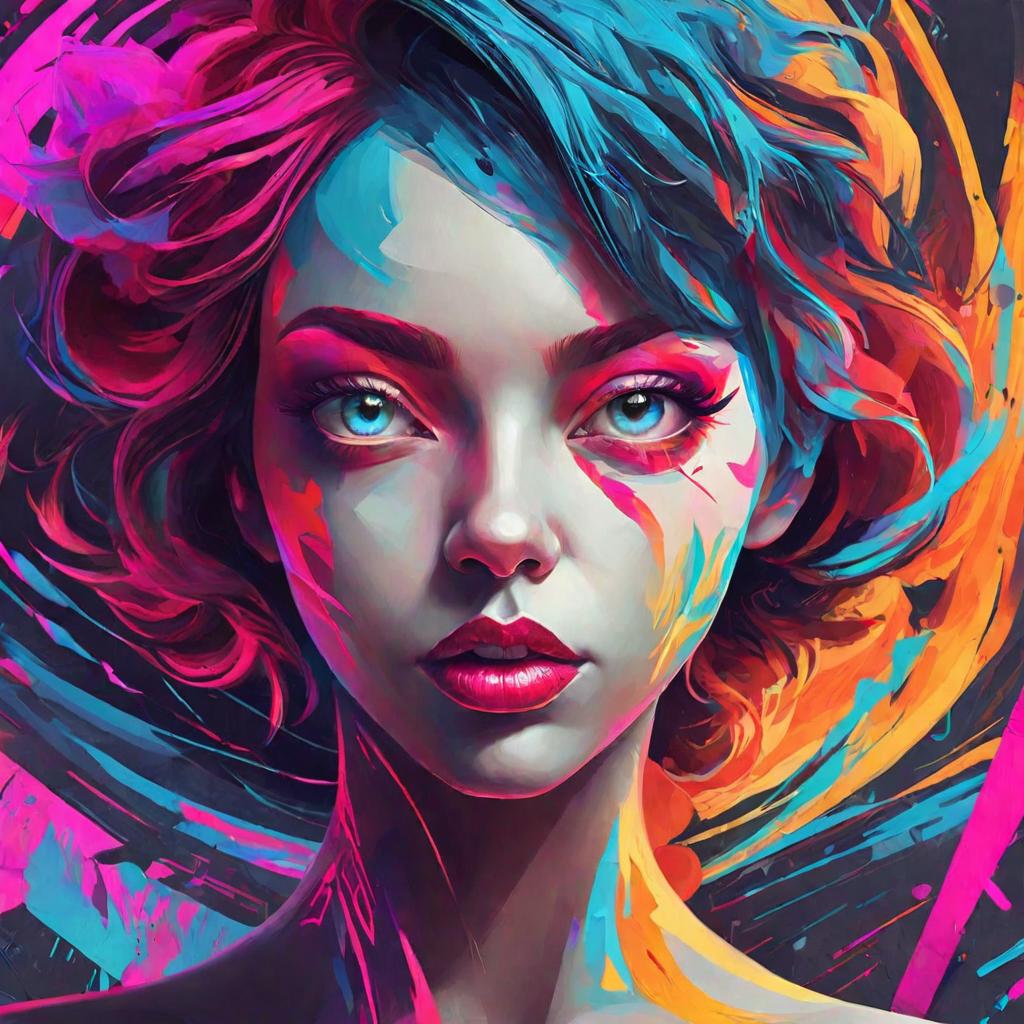
A. Using Digital Tools for Art Creation
Digital tools have revolutionized the way art is created and appreciated in modern times.
Artists now have access to a plethora of software and applications that enhance their creative process.
Programs like Adobe Photoshop and Procreate allow artists to experiment with various techniques and styles.
These tools provide a platform for artists to explore their creativity without the constraints of traditional mediums.
Digital art also offers the advantage of easy editing and unlimited possibilities for experimentation.
B. Incorporating Virtual Reality and Augmented Reality
Virtual Reality (VR) and Augmented Reality (AR) have opened up new dimensions in art education.
VR enables students to immerse themselves in a virtual art gallery or studio, providing a unique learning experience.
AR overlays digital content onto the real world, allowing students to interact with art in innovative ways.
Museums and art institutions are using AR to bring artworks to life and enhance visitor engagement.
Incorporating VR and AR technology into art education can spark creativity and imagination in students.
C. Utilizing Online Platforms for Art Education Resources
Online platforms have democratized art education by providing access to a wealth of resources.
Websites like Khan Academy and Artsy offer a wide range of art tutorials, courses, and inspiration.
Social media platforms like Instagram and Pinterest serve as digital galleries for artists to showcase their work.
Online communities provide a space for artists to connect, collaborate, and share ideas.
Utilizing these online platforms can enrich the learning experience and foster a sense of community among artists.
“Technology has the power to transform art education and empower aspiring artists to explore new possibilities.”
Would you like to dive into the world of art through technology? Embrace the digital tools, experiment with VR and AR, and explore online platforms to enhance your artistic journey. The fusion of technology and art offers endless opportunities for creativity and innovation. Start exploring today!
V. Engaging Students in the Process of Mastering Art Education
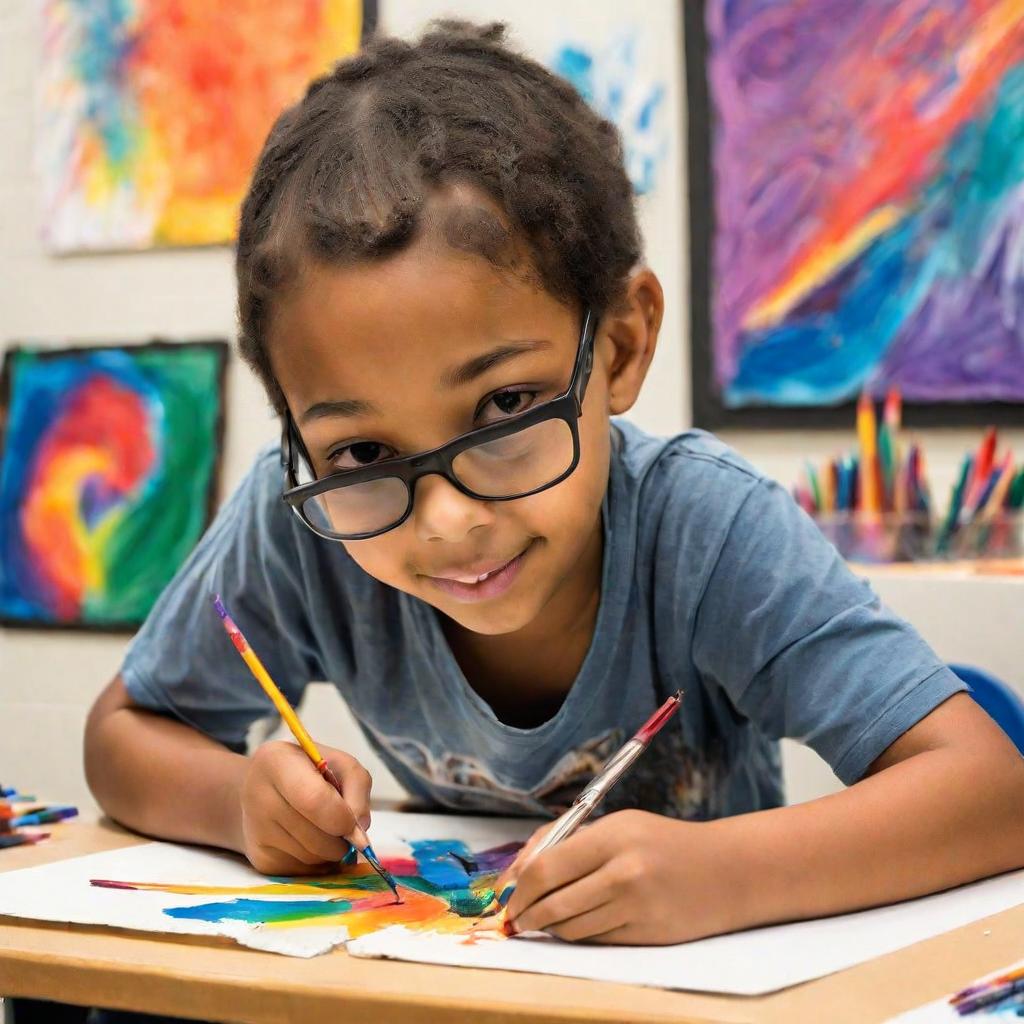
A. Encouraging Self-Expression and Individuality
Art education is not just about learning techniques and skills; it is also about nurturing self-expression and celebrating individuality. Encouraging students to express themselves through their artwork allows them to explore their emotions, thoughts, and experiences in a creative way. By fostering a safe and non-judgmental environment, students feel free to experiment with different mediums, styles, and ideas.
Encourage students to embrace their unique ideas and perspectives.
Provide opportunities for students to reflect on their personal experiences through art.
Celebrate diversity and inclusivity in the art classroom.
B. Providing Opportunities for Artistic Exploration
Artistic exploration is a vital component of mastering art education as it allows students to discover new techniques, styles, and mediums. By providing a variety of art materials and resources, students can experiment and push the boundaries of their creativity. Encouraging them to take risks and try new approaches fosters growth and innovation in their artistic journey.
Offer workshops and projects that expose students to different artistic styles.
Create a space where students can collaborate and learn from each other.
Encourage students to step out of their comfort zones and explore unfamiliar territories in art.
C. Creating a Supportive and Inclusive Art Classroom Environment
A supportive and inclusive art classroom environment is essential for students to feel safe, valued, and inspired. By promoting a culture of respect, empathy, and collaboration, students can build confidence in their abilities and develop a sense of belonging within the art community. Emphasizing the importance of constructive feedback and peer support fosters a positive learning environment where students can thrive.
Establish clear guidelines for respectful communication and behavior in the art classroom.
Encourage students to actively participate in discussions and critiques.
Celebrate each student’s successes and accomplishments, no matter how big or small.
“In the art classroom, every stroke of the brush, every line drawn, and every color chosen is a reflection of the artist’s unique voice and perspective.”
By encouraging self-expression, providing opportunities for artistic exploration, and creating a supportive and inclusive art classroom environment, educators can engage students in the process of mastering art education. Let’s empower our students to embrace their creativity, express themselves authentically, and strive for artistic excellence.
Also Read : Transform Your Life with These Free Online Courses
Summary:
Mastering art education involves a deep understanding of its foundations, development of essential skills, exploration of various mediums and techniques, integration of technology, and active engagement of students in the learning process. By focusing on these key areas, art educators can empower students to unlock their creativity and reach their full potential.
FAQs:
Q: How can art education benefit students in other areas of their academic and personal lives?
A: Art education fosters creativity, critical thinking, communication, and collaboration skills, which are essential in various aspects of life.
Q: How can teachers make art education more accessible and inclusive for all students?
A: Teachers can create a supportive and inclusive classroom environment, provide diverse art materials and resources, and encourage individual expression and creativity in students.


